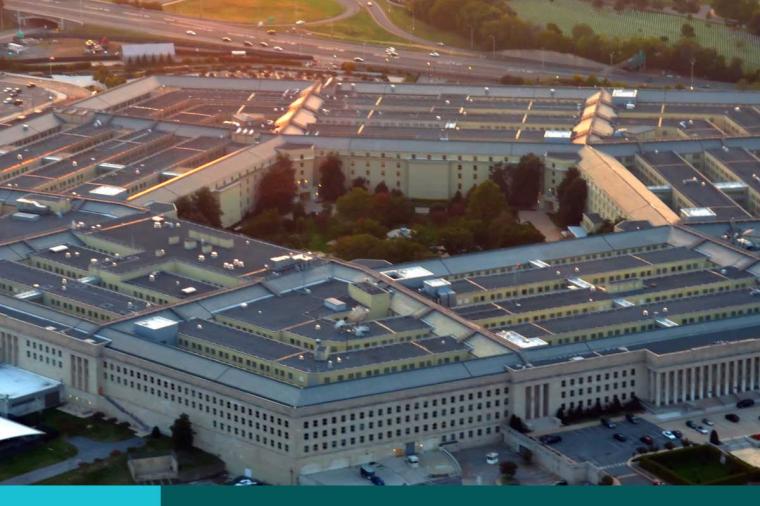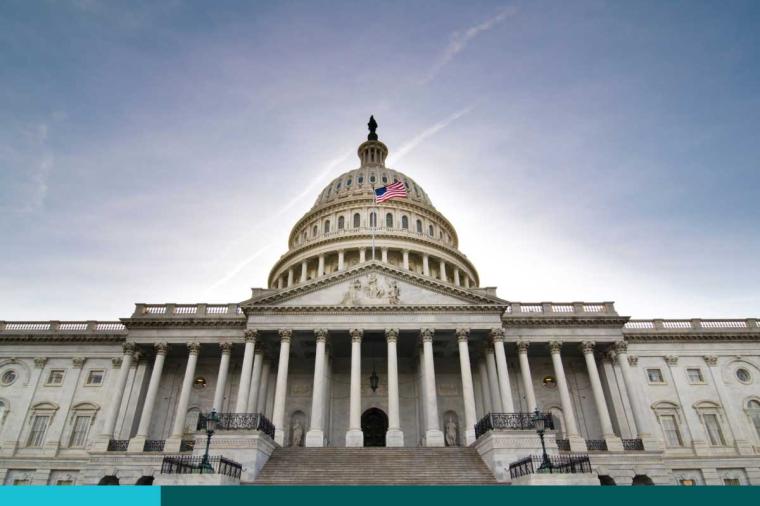DOD Cyber Principal Offices and Their Role in Shaping Buying Priorities

Defending against cyberattacks is an ongoing battle for the Air Force, Army, and Navy, and requires strategic maneuvering and intelligent solutions. An integral part of these solutions has been the collaboration and technical support from the defense industrial base (DIB). Recently, the principal cyber advisors from each branch announced their challenges and priorities geared toward addressing cyber needs. Each branch has a Principal Cyber Advisor (PCA), whose role focuses primarily on cybersecurity and collaborates with their department chief information officer (CIO) in support of strengthening the Department of Defense (DoD) cybersecurity and protect its network and systems. Let’s look at their challenges, priorities, and offered insights on how IT companies can work with their branch in accelerating and implementing solutions.
ARMY
“This we’ll defend”…as the official motto for the Army goes, suggests a strong cyber defense starts from within. Current challenges for the Army across the cyber realm include educating non-cyber personnel about the importance of cyber operations, particularly warfighters who may not understand its relevance; attracting and retaining cyber talent to solidify its cyber defense, balancing investments across cybersecurity, strengthening cyber research and development, and enhancing cyber operations.
The department’s cyber priorities going forward will include improving communication, knowledge enhancement for non-technical military leaders through podcasts to convey the importance of cyber capabilities, and making technologies accessible to ensure the Army is the most lethal force possible. They are also focused on becoming more data-centric through securing data and “projecting power” in cyberspace. The importance of both developing and retaining a cyber workforce also remains top of mind.
Selling to the Army. How can IT companies sell cyber solutions to the Army more effectively? Engage with the PCA and other officials in dialogue with open-ended, educational conversations instead of sales pitches. The Army decision-makers likely encounter countless presentations with industry and other constituents, so staying conversational in selling your products and services would be a welcome change. IT companies should approach the Army PCA with an understanding of the unique needs of the different communities within the Army. This includes crafting solutions specifically for cyber operations and the Army’s continued workforce development.
AIR FORCE
In addition, the Air Force is facing an uphill battle in building high performing cyber teams, and competing with industry for top cyber talent where the department often fails to match the private sector salaries. The challenge here is for the department to identify ways to motivate and incentivize its workforce to compete with industry offers. There is a need to balance both cyber expertise with the Air Force's unique mission needs to ensure that its cyber capabilities meet the department's objectives. Like the Army, the Air Force also sees the disconnect between non-cyber personnel and their critical role in cyber warfare as a vital challenge to overcome.
As one of its priorities, the Air Force is also looking at ways to communicate the significance of cyber operations to the broader Air Force community. This includes providing advice to Air Force leadership on cyber-related decisions and advocating for policy changes to address these challenges.
Selling to the Air Force. The Air Force is always interested in engaging with industry partners to meet its cybersecurity challenges and has offered a methodical approach for more meaningful visits when selling cyber solutions to the department. Specifically, IT companies are asked to complete a vendor/industry engagement form before setting up the initial appointment with the Principal Cyber Officer (PCA) at the Cyber Principal Office (CPO). This form explains the functions of the CPO as an advocacy arm of the AF and asks for the purpose of the IT companies’ visit. Beyond this, IT companies during the meeting will want to focus on how their capabilities can solve specific AF cybersecurity challenges and demonstrate how their solutions differentiate from their competitors in practical terms, not just providing technical specifications. Connecting with the CPO does not have to include countless slides in a span of 30 minutes; in fact, the CPO recommends more discussions focusing on how offered solutions can meet the department’s challenges and requirements.
Navy
“Cyber Warriors. Ever Vigilant”…Protecting the navy networks and systems at home and around the globe is no small feat. For the Navy, a top cyber priority includes implementing the zero trust framework by the end of fiscal year 2027, which requires practical and actionable plans with sufficient funding can be daunting. As part of this challenge, the Navy needs to focus on operational technology and industrial control systems that are often neglected compared to traditional IT systems. This includes protecting systems on ships, nuclear reactors, water plants, and other critical infrastructure.
Another challenge is to manage the cyber workforce effectively, properly classify job descriptions, and address the recruitment needs to fill the cyber force gaps. This requires budgeting appropriately for cyber personnel like increase pay offer by 25% to 40% above base salary to be competitive in the targeted job market. Training and retaining the cyber workforce are also critical, but the department must assess its short- and long-term budget to account for the evolving needs, work roles, and skill requirements of its cyber workforce
Finally, the Navy wants to improve communication and engagement with industry partners to leverage their capabilities in addressing its cyber challenges.
Selling to the Navy. IT companies may not be able to address the enormity in protecting the Navy’s complex global networks, but the Navy’s CPO has suggested IT companies can help by selling their solutions more effectively. For instance, IT companies could propose smaller more manageable solutions that address gaps in the Navy’s existing processes, instead of an entire overhaul. Hence, it’s best to focus on filling the gaps rather than offering a comprehensive solution that may not be viable. Maintaining clear and frequent communication is also essential. IT companies should be willing to engage in follow-up meetings to drive deeper into their solutions offering to address the Navy’s specific requirements, be it the cyber workforce or supply components.
Cyber solutions, particularly for the service branches, demonstrate the unique requirements of each department within the Department of Defense, and a one-size-fits-all solution may not be sensible. Nevertheless, there are common sense approaches that can resonate well in selling cyber solutions to the Army, Air Force, and Navy. One of which is to focus on open communication and entertain due diligence about your customer, rather than a hard sales pitch. Explore the unique challenges of each branch and ensure that your solutions are effectively tailored to their needs. You’ll want to demonstrate your capabilities and experiences in collaborating and relationship-building that will promote trust. There is clear interest from the Department of Defense in partnering with industry to defend against adversaries’ cyber warfare, and IT companies are encouraged to engage directly with the Principal Cyber Advisor offices, which can provide guidance on priorities and promote meaningful discussions and connections.
To get more TD SYNNEX Public Sector Market Insight content, please visit our Market Intelligence microsite.
About the Author: Toan Le is focused on providing insights on federal IT buying trends, with a particular focus on the Department of Defense and the Intelligence Community. Over the past years, his work ethic, diverse skill sets, and professional experience in research, analytics, information technology, and public health have made a solid contribution across the public and private sectors. Toan earned his doctorate from the Johns Hopkins University, Bloomberg School of Public Health.

























